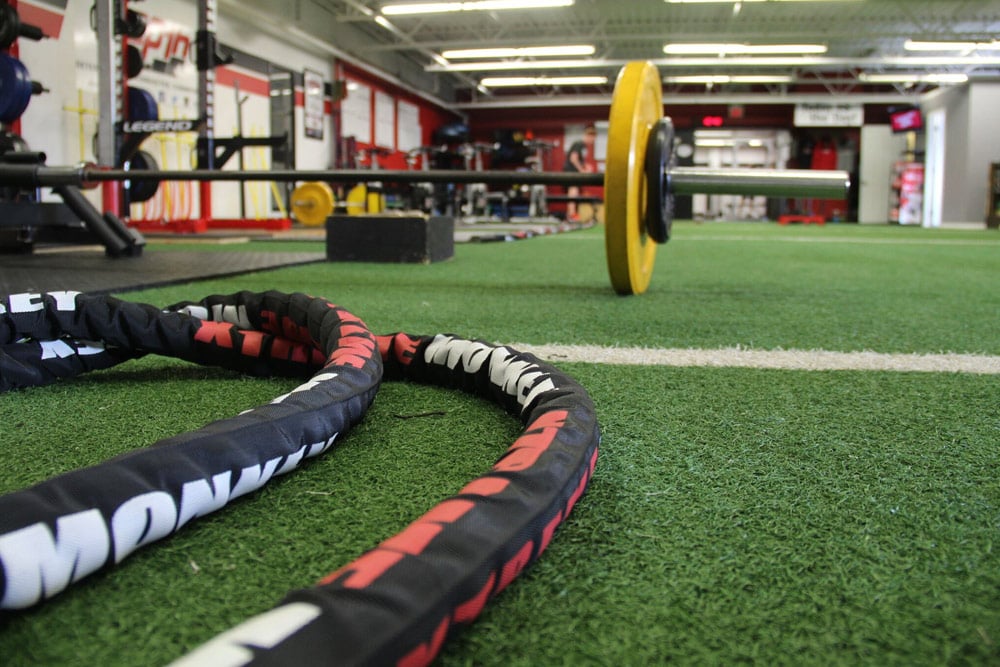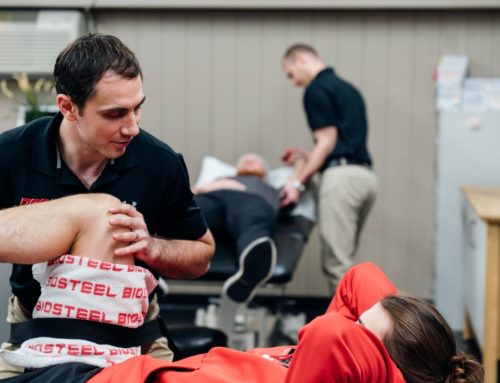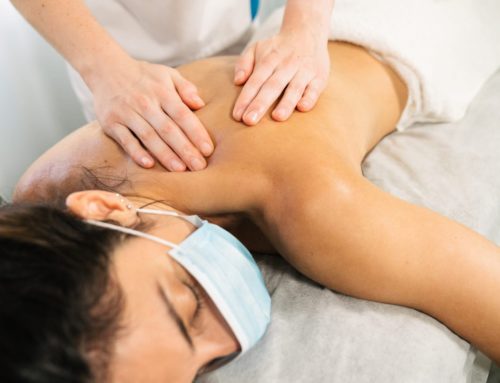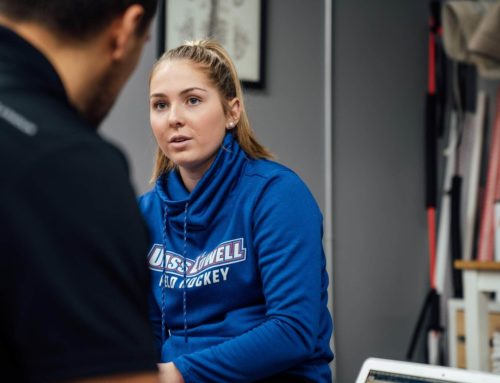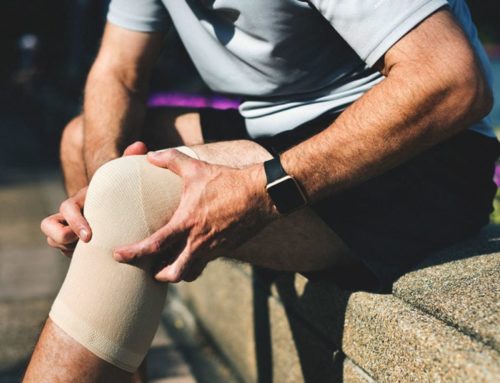As athletes, sport coaches, and performance coaches we all understand a proper warm-up is important. With in-season athletes one of the lessons we have learned at DEPTH Training over the years is that time becomes a limiting factor, where coaches have only 1-2 training exposures (at most) with their athletes. For this reason it is important the warm-up be specific to each athlete (even more so than usual) and ‘get to the point’ to maintain it’s effectiveness; as athletes will be all too eager to skip the ‘boring stuff’ and head straight to the squat rack or Olympic platform.
With our assessment process at DEPTH we are able to identify individual physical characteristics (strengths, deficiencies) for each athlete related to movement quality (regionally and globally), soft tissue health (extensibility, density, and quality), joint mobility and strength patterns. This assessment allows us to create simple, effective interventions specific to each athlete and relevant within both their immediate and long term development plan.
Here are a couple of sample warm-up routines and tips we use with some of our in-season hockey athletes at DEPTH Training:
1. Warm-Up for Hex Bar Deadlift (TBDL) as the Primary Strength Movement:
• *WU1 (Extensibility Drill) – Foam Rolling, tack and floss method for Rectus Femoris (quadricep) at the knee x 6 reps/side
• *WU2 (Density Drill) – Yoga Ball static release Hip Rotators x 45sec/side
• WU3 (Mobility Drill) – Reverse Warrior Lunge + Cradle Stretch x 3, 2, 1/leg**
• WU4 (Movement Drill) – Mini-Band Feet, KB RDL x 6, 5, 4**
• WU5 (Activation Drill) – KB Swing x 6, 5, 4**
Note:
This warm-up consists of 5 drills all specific to the athlete and the strength task ahead. The athlete performs the drills in series performing 1 set of each drill (1 thru 5) before returning to the first drill.
*For sake of time, athlete focus and drill effectiveness only 2 sets of the soft tissue drills (WU1, WU2) are performed. The soft tissue drills are specific to restrictions identified by the athlete’s most recent assessment (ie. for WU1 → a positive prone Ely Test bilaterally for rectus femoris tension at the knee, confirmed by a positive Thomas test for distal rectus femoris and negative test for the proximal aspect).
The remaining 3 drills are performed in series moving into the lower rep scheme with each set for a total of 3 sets.
**This rep scheme follows the example of the Russian Descending Pyramid advocated by Dr. Stu McGill in his Ultimate back and fitness performance book. This rep scheme helps maintain proper technique by keeping the athletes’ focus with fewer reps each set; minimizes technical fatigue by gradually reducing volume and also saves time providing more exposure of the athlete to key drills. Ie. 6, 5, 4 is generally performed better than 1 set of 15 reps and often with increased intensity and focus.
Ie. for KB Swing → set 1 = 6 reps, set 2 = 5 reps, set 3 = 4 reps
(Load can stay the same with rate of force development high for all sets or load can increase as reps decrease)
2. Warm-Up for Squat as the Primary Strength Movement:
• *WU1 (Density Drill) – Foam Rolling static release Proximal Hip Adductors (Groin) x 45sec/side
• *WU2 (Density Drill) – Yoga Ball static release Tensor Fascia Latae (Hip flexor, abductor, internal rotator) x 30sec/side
• WU3 (Mobility Drill) – Band Assisted Spiderman Lunge+ Ipsilateral (same side) rotation x 5, 4, 3/side**
• WU4 (Movement Drill) – Mini-Band Feet, KB Goblet Squat x 6, 5, 4**
• WU5 (Activation Drill) – Medicine Ball Squat Jumps for height with controlled landing x 3, 2, 1**
The same instructions apply for this warm-up as above, with soft tissue drills (WU1, WU2) being performed twice and drills WU3, WU4, WU5 performed for 3 sets using the Russian Descending Pyramid rep scheme**
Note:
During the assessment this athlete would have presented with proximal adductor (groin – both extension and flexion based adductor groups) and hip flexor (Tensor Fascia Latae or TFL) stiffness. For this reason WU1, WU2 and WU3 were chosen. The spiderman lunge + rotational reach is an excellent drill for addressing the adductor group in both an extension and flexion pattern while also mobilizing the important fascial connection between the adductors and trunk flexors (rectus abdominus, external obliques). WU4 and WU5 were selected to prepare the body for the squat movement itself while maximizing the benefit from the first 3 drills.
Conclusion:
Essentially our objective is to:
1. Address athlete specific deficiencies.
2. Create improved freedom of movement to increase the potential for better movement.
3. Move and move well; addressing the musculoskeletal system, nervous system and biochemical system.
During in-season training maintaining strength levels and maximizing the few opportunities for strength development is important and a good warm-up can set the stage for an effective training session. This warm-up is just another tool in our arsenal to help the athlete maximize their training results.
With the endless possibilities for exercise selection and combinations in a warm-up routine, hopefully this provides a little bit of insight for how you can help keep your athlete’s in-season warm-up short, specific and effective.
Written by: Justin Brooks, Partner, Director of Athletic Development, Physiotherapist

